New dry-eye therapies you should know about

New dry-eye therapies you should know about

New dry-eye therapies you should know about

New dry-eye therapies you should know about

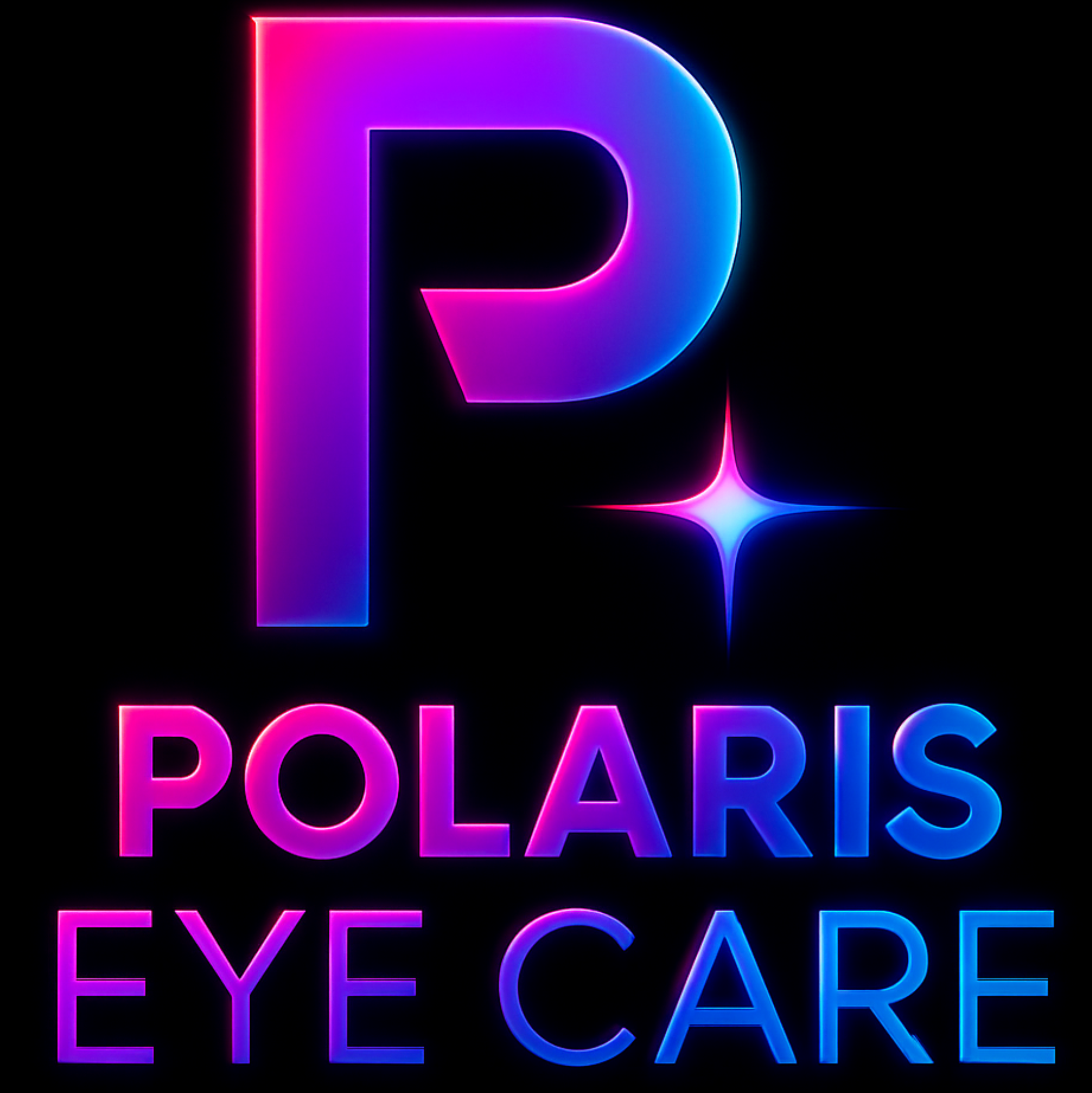
New dry-eye therapies you should know about
Dry eye disease (DED) therapy keeps evolving — not just better lubricants, but whole new ways to restore tears, protect the ocular surface, and slow evaporation. There are two types of dry eye: aqueous deficient (low tear production) and evaporative (tears evaporate too quickly). Evaporative dry eye is the most common, and gland function in the eyelids can play a role. There can be mixed forms of the two types as well. Below is a practical roundup of five newer or novel options you’re likely seeing in our clinic and in headlines:
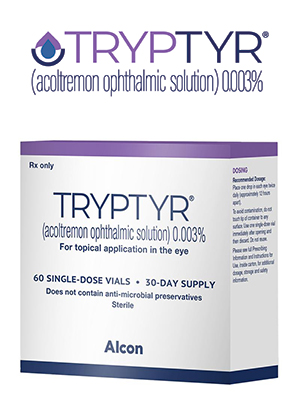
TRYPTYR (acoltremon) — rapid tear production after a single drop.
What it is: TRYPTYR (acoltremon ophthalmic solution) is a newly FDA-approved eye drop that stimulates natural tear production by activating corneal sensory nerves — a different mechanism from anti-inflammatories or tear substitutes.
Who it’s for: Patients with aqueous deficiency or mixed DED where boosting natural tear production is desirable. It may be especially attractive when rapid symptom relief is a goal.

VEVYE (cyclosporine 0.1%) — anti-inflammatory with a novel vehicle and micro-drop dosing.
What it is: VEVYE is a cyclosporine ophthalmic solution (0.1%) formulated in a novel, preservative-free vehicle and dispensed as very small (10 µL) drops.
Why it matters: It’s another option in the immunomodulator class (same therapeutic goal as Restasis, Cequa, etc.) but with a different vehicle and dosing characteristics intended to improve delivery and tolerability.
Who it’s for: Patients with moderate-to-severe inflammatory dry eye who need chronic immunomodulation to reduce ocular surface inflammation.

MIEBO (perfluorohexyloctane) — directly targets tear evaporation and MGD.
What it is: MIEBO is an ophthalmic solution designed to reduce tear evaporation by stabilizing the lipid layer — specifically developed for meibomian gland dysfunction–related evaporative dry eye.
Who it’s for: Patients with MGD and evaporative dry eye — especially when tear breakup time is short and gland dysfunction is clinically evident.
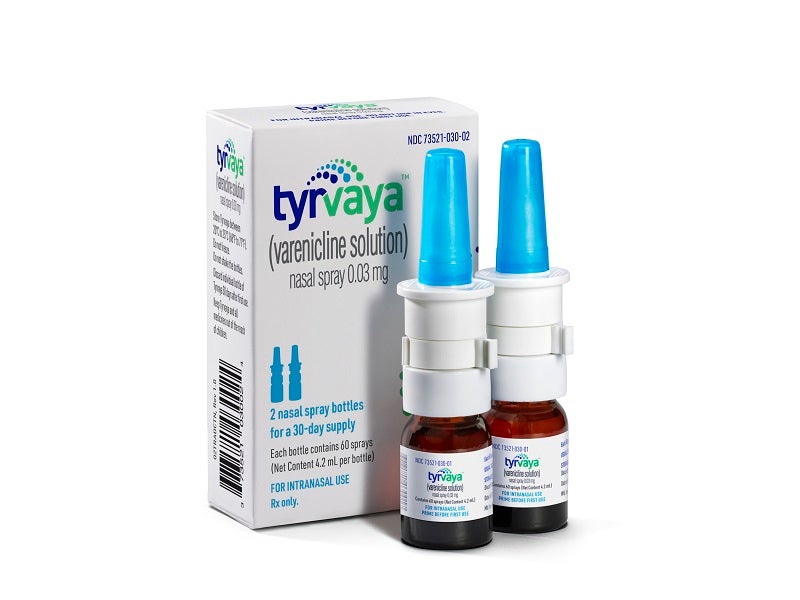
TYRVAYA (varenicline intranasal spray) — neurostimulation via the nose.
What it is: TYRVAYA is an intranasal varenicline solution that activates the trigeminal parasympathetic pathway to increase basal tear production.
Who it’s for: People with aqueous-deficient dry eye who are open to a brief intranasal spray rather than frequent topical drops, or patients who have trouble with eyedrop technique.
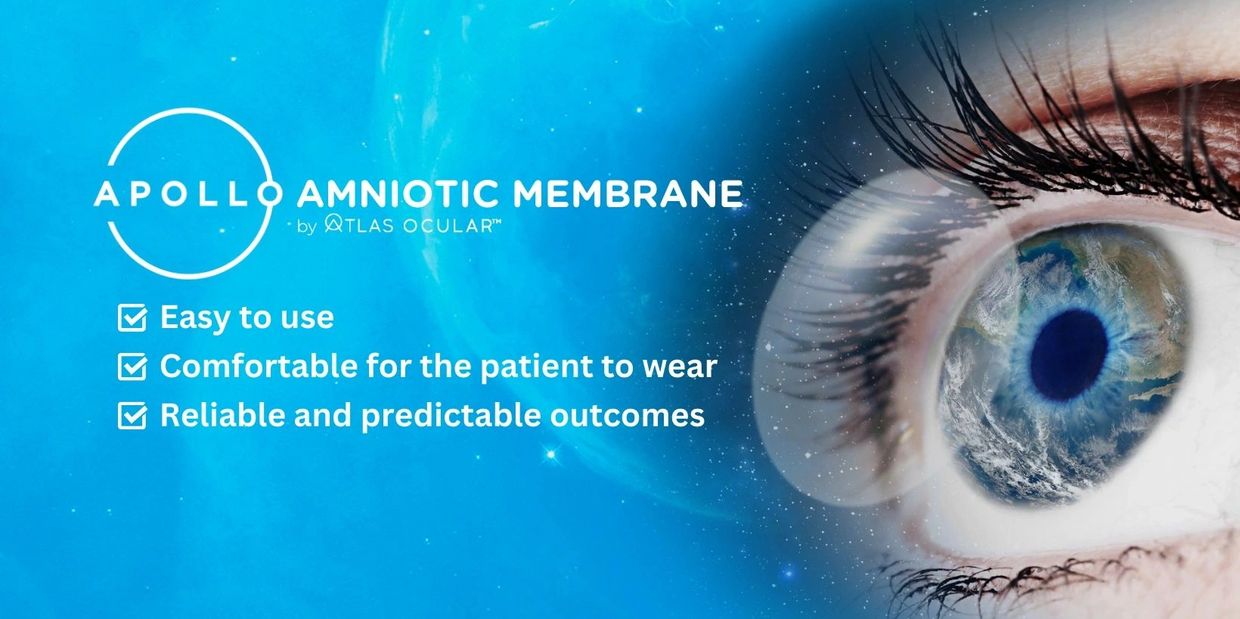
Amniotic-membrane therapies — a protective, healing bandage.
What it is: Cryopreserved or dehydrated pieces of human amniotic membrane applied to the ocular surface as a biologic bandage. They’re used for ocular surface disease, persistent epithelial defects, and severe evaporative or aqueous-deficient dry eye.
Why it helps: The membrane provides anti-inflammatory and pro-healing factors, promotes epithelial repair, reduces pain, and protects the cornea while underlying causes are addressed.
Who it’s for: Patients with moderate-to-severe surface disease, persistent epithelial defects, or those who haven’t responded to drops and lid therapies.
If you are having dry eye symptoms and would like to speak to your optometrist about treatment, schedule an eye exam by booking online or calling us at 651-735-9550.

All Eye
Care Services

Keep
In Touch
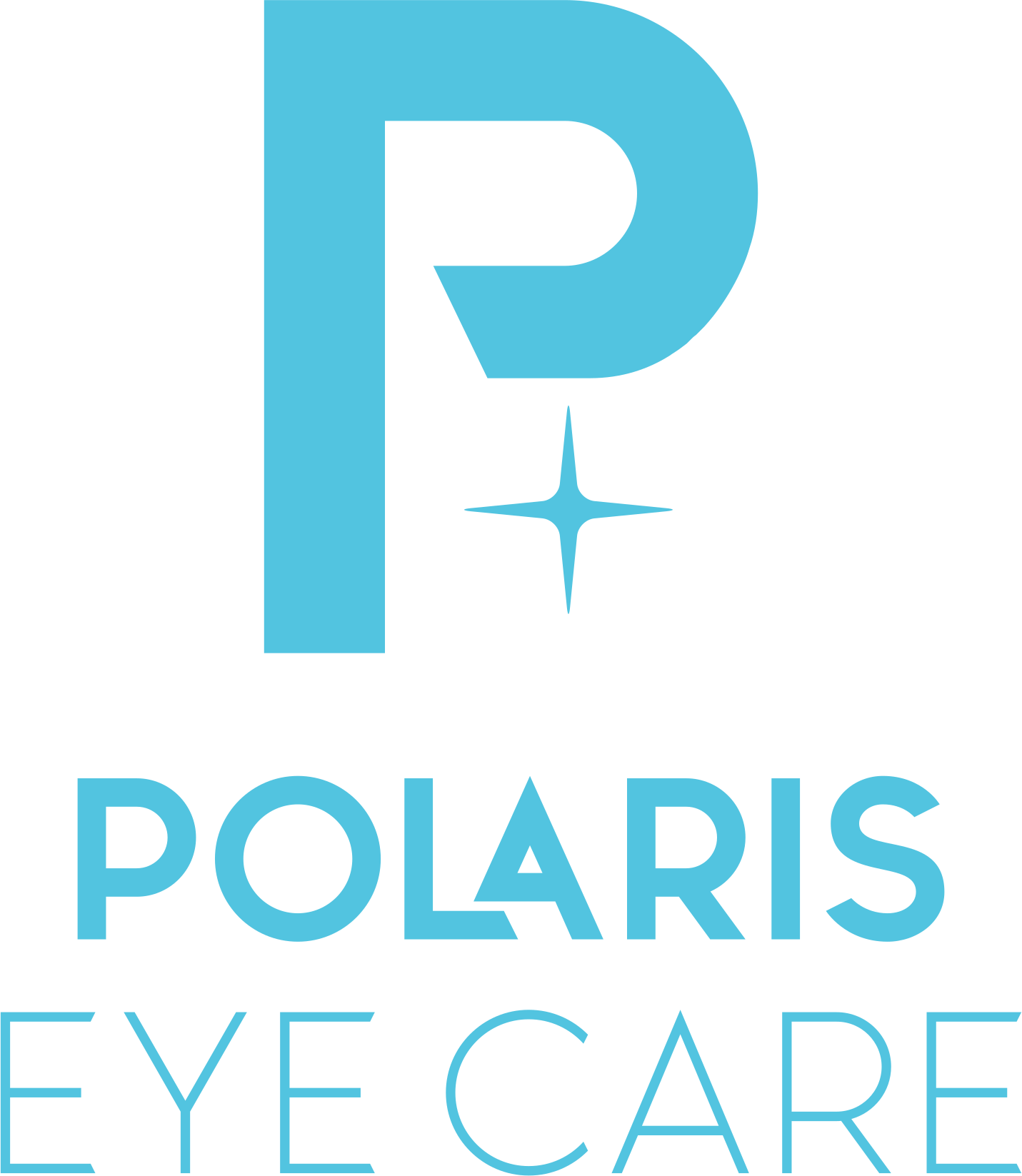
Our Services
Hours of Operation
- Monday 8:30 AM - 5:00 PM
- Tuesday 8:30 AM - 7:00 PM
- Wednesday 8:30 AM - 5:00 PM
- Thursday 10:00 AM - 7:00 PM
- Friday 8:30 AM - 4:00 PM
- Saturday 9:00 AM - 12:00 PM
(Select Saturdays, by appointment only) - Sunday Closed
© 2025 Polaris Eye Care. All rights Reserved. Accessibility Statement - Privacy Policy - Sitemap
Powered by:

